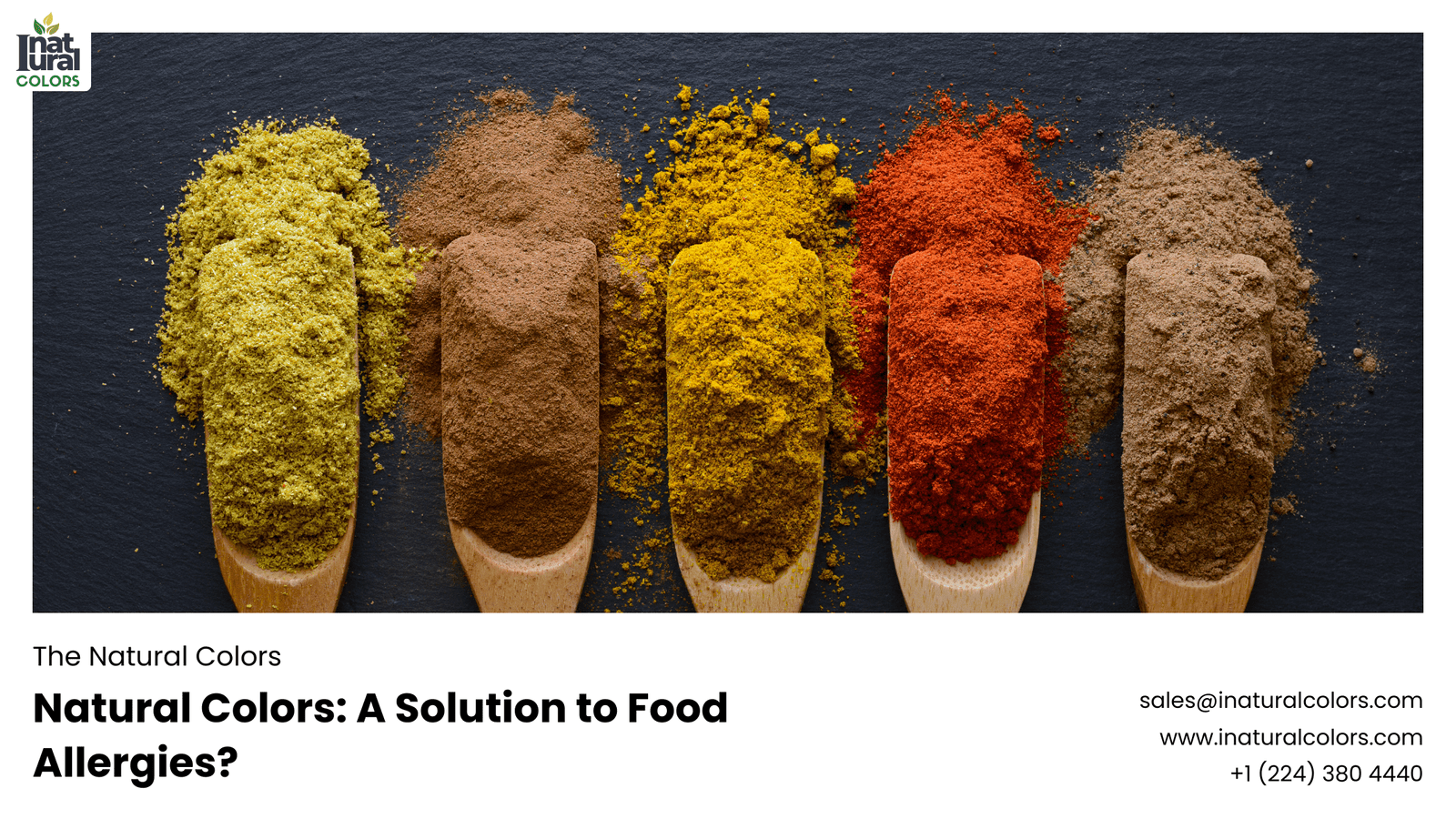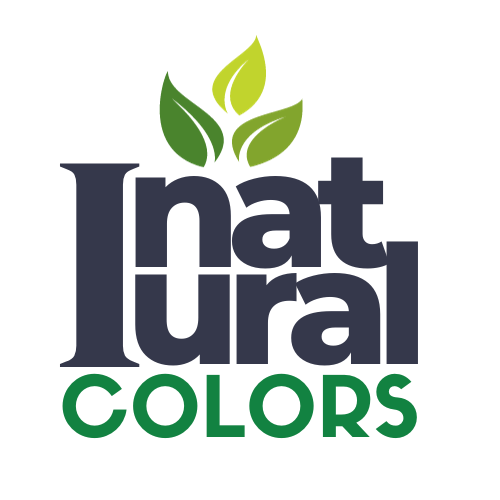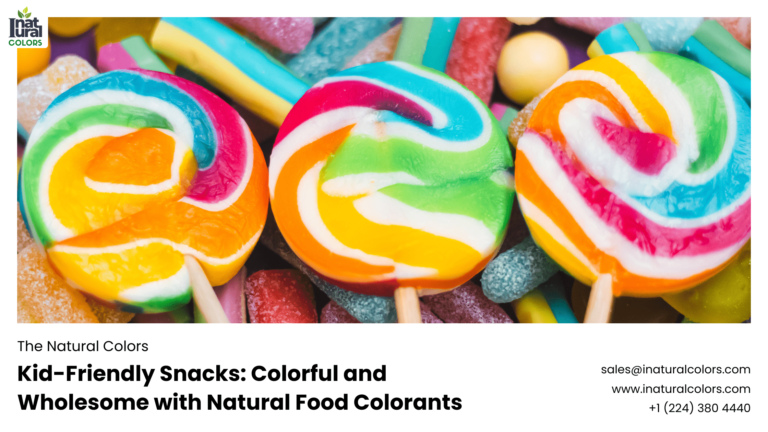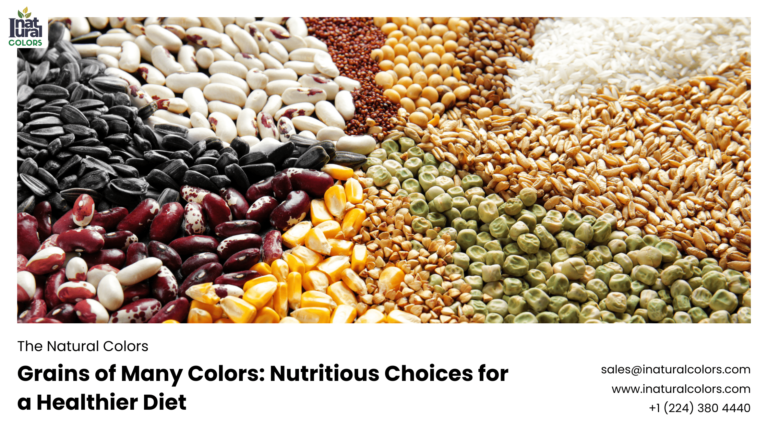Beautiful Plants For Your Interior

Natural Colors: A Solution to Food Allergies?
Introduction
Food allergies are on the rise, and for many, navigating what’s safe to eat has become a daily challenge. One of the lesser-discussed triggers hiding in plain sight is artificial food colorings. But what if there was a more natural, safer option? Enter natural food colorings. This article explores whether natural colors could be the answer to reducing food allergies and making our diets safer.
Understanding Food Allergies
What are Food Allergies?
Food allergies occur when the immune system mistakenly identifies a harmless food protein as a threat. This triggers an immune response, which can range from mild symptoms to severe, life-threatening reactions.
Common Allergens in Foods
The most common food allergens include peanuts, tree nuts, milk, eggs, wheat, soy, fish, and shellfish. These can cause a range of symptoms, from hives and stomach pain to anaphylaxis, a severe reaction requiring immediate medical attention.
Symptoms and Severity of Food Allergies
Symptoms of food allergies can vary widely but often include itching, swelling, stomach cramps, and difficulty breathing. In severe cases, they can lead to anaphylaxis, which is characterized by throat swelling, a sudden drop in blood pressure, and loss of consciousness.
Artificial Food Colorings: A Hidden Culprit
Overview of Artificial Food Colorings
Artificial food colorings are synthetic dyes used to enhance the appearance of food and beverages. Common examples include Red 40, Yellow 5, and Blue 1.
Health Concerns Associated with Artificial Colorings
Artificial colorings have been linked to various health concerns, including hyperactivity in children, allergic reactions, and even cancer in long-term studies. These colorings can exacerbate existing allergies or trigger new ones.
The Link Between Artificial Colorings and Food Allergies
Some artificial colorings can cause or worsen allergic reactions. For instance, Tartrazine (Yellow 5) is known to provoke allergic responses in sensitive individuals, leading to symptoms such as hives and asthma.
Natural Food Colorings: An Overview
Definition and Sources of Natural Colorings
Natural food colorings are derived from plant, animal, or mineral sources. Unlike synthetic dyes, these colorings are obtained through natural processes, making them a healthier option.
Benefits of Natural Food Colorings
Natural colorings are not only safer for those with allergies but also often come with added health benefits. They can provide antioxidants, vitamins, and minerals, enhancing both the safety and nutritional value of foods.
Common Natural Colorings Used in the Food Industry
Some popular natural colorings include turmeric (yellow), beetroot (red), spirulina (blue-green), annatto (orange), and paprika (red). These are used in a variety of foods, from snacks to beverages.
Natural Colors and Their Impact on Food Allergies
Studies on Natural Colorings and Food Allergies
Research indicates that natural colorings are less likely to cause allergic reactions compared to their synthetic counterparts. Natural colorings are typically better tolerated and less likely to trigger immune responses.
Comparisons Between Natural and Artificial Colorings
When comparing natural and artificial colorings, natural options come out ahead in terms of safety and health benefits. While artificial dyes can cause adverse reactions, natural colorings are less likely to be allergenic and often provide additional health benefits.
Case Studies and Anecdotal Evidence
Many individuals have reported fewer allergic reactions after switching to foods with natural colorings. While anecdotal, these reports highlight the potential benefits of natural dyes in reducing allergy symptoms.
Popular Natural Colorings and Their Sources
Turmeric
- Source and Properties: Turmeric is a root commonly used in Asian cuisine. Its vibrant yellow color comes from curcumin, a compound with anti-inflammatory and antioxidant properties.
- Uses in Food: Turmeric is used in curries, mustard, and as a coloring agent in snacks and beverages.
Beetroot
- Source and Properties: Beetroot is a root vegetable rich in vitamins and minerals. Its deep red color is due to betanin, a pigment with antioxidant properties.
- Uses in Food: Beetroot is used in salads, juices, and as a natural dye in sweets and baked goods.
Spirulina
- Source and Properties: Spirulina is a blue-green algae packed with protein, vitamins, and minerals. Its vibrant color is due to phycocyanin, a potent antioxidant.
- Uses in Food: Spirulina is added to smoothies, energy bars, and as a coloring agent in candies and desserts.
Annatto
- Source and Properties: Annatto comes from the seeds of the achiote tree. Its orange-red color is due to carotenoids, which are antioxidants.
- Uses in Food: Annatto is used in cheeses, butter, and snack foods for its color and mild flavor.
Paprika
- Source and Properties: Paprika is made from ground peppers and varies in color from orange to deep red. It contains capsaicin, which has anti-inflammatory properties.
- Uses in Food: Paprika is used in sausages, soups, and as a coloring agent in various dishes.
How to Incorporate Natural Colors into Your Diet
Tips for Using Natural Colorings at Home
Incorporating natural colorings into your diet is easier than you might think. Start by adding turmeric to your rice, beetroot to your smoothies, or spirulina to your energy bars. These small changes can significantly enhance the visual appeal and nutritional value of your meals.
Recipes Featuring Natural Food Colorings
- Turmeric Rice: Cook rice with a pinch of turmeric for a vibrant yellow color and added anti-inflammatory benefits.
- Beetroot Smoothie: Blend beetroot with fruits like apples and oranges for a nutritious, colorful drink.
- Spirulina Energy Bars: Mix spirulina powder with oats, honey, and nuts to create a nutrient-packed snack.
The Future of Natural Food Colorings
Innovations in Natural Colorings
The food industry is continuously innovating to develop new and more effective natural colorings. Advances in extraction and processing techniques are making natural dyes more stable and vibrant.
Trends in the Food Industry
There is a growing demand for clean-label products, which has led to an increase in the use of natural colorings. Consumers are more informed and prefer foods that are free from artificial additives.
Potential Challenges and Solutions
While natural colorings are beneficial, they come with challenges such as cost and stability. However, ongoing research and technological advancements are addressing these issues, making natural dyes more accessible and effective.
Conclusion
Switching to natural food colorings is a promising solution to reducing food allergies. These colorings not only make our food look appealing but also contribute to our overall health. By choosing natural over artificial, we can enjoy a safer, more nutritious diet.
FAQs
- Can natural food colorings cause allergies? Natural food colorings are less likely to cause allergies compared to artificial ones. However, individuals with specific allergies to certain plants or foods should still exercise caution.
- Are natural colorings as effective as artificial ones? While natural colorings may not always be as vibrant or stable as artificial dyes, they are effective and come with additional health benefits.
- How can I tell if a food product contains natural colorings? Check the ingredient list on the packaging. Natural colorings will be listed by their source, such as turmeric, beetroot, or spirulina.
- Are natural colorings more expensive? Natural colorings can be more expensive due to the costs associated with extraction and processing. However, the health benefits often outweigh the additional cost.
- Can I make natural food colorings at home? Yes, you can make natural food colorings at home using ingredients like turmeric, beetroot, and spinach. Simply blend and strain to extract the color.



